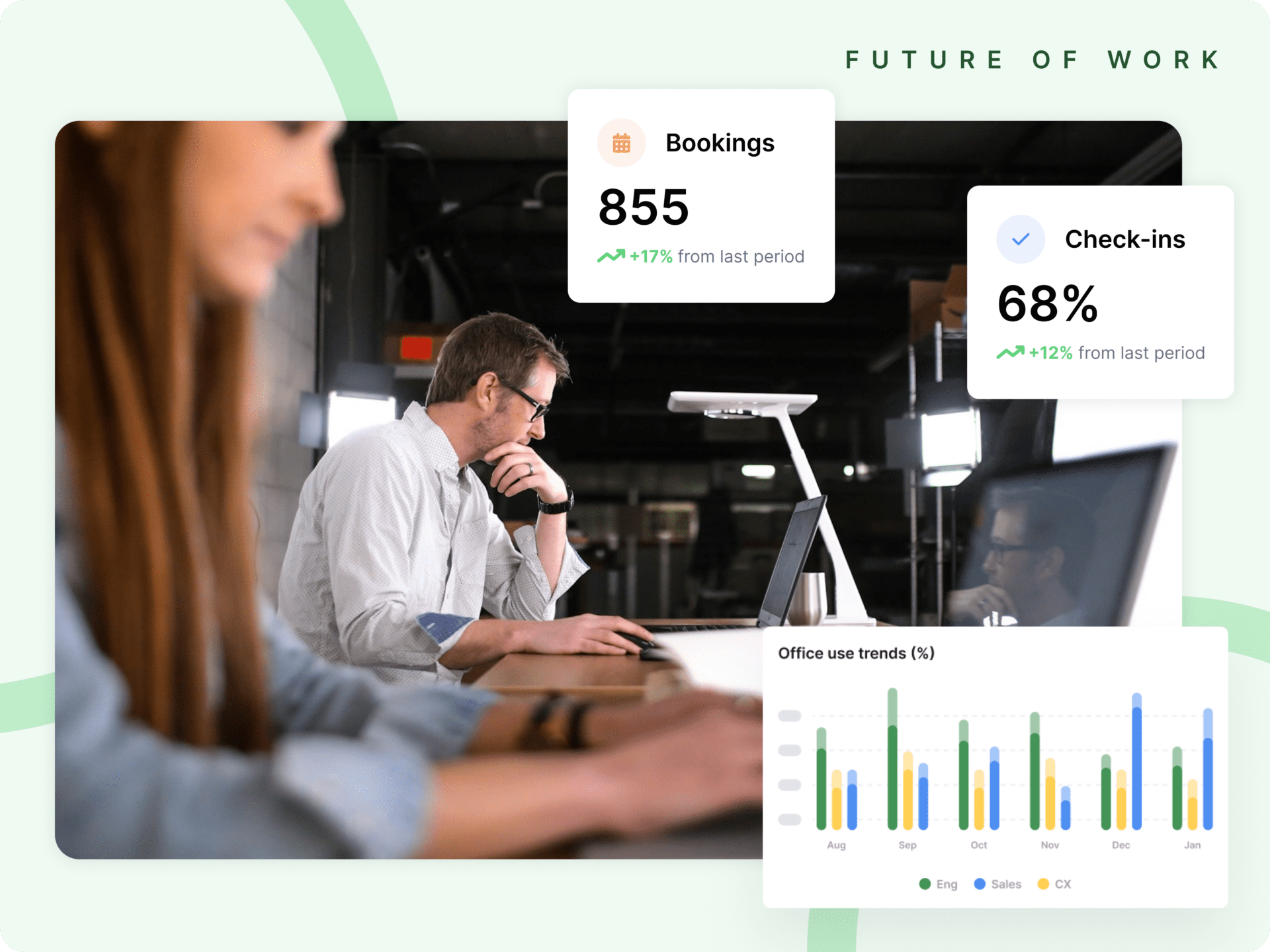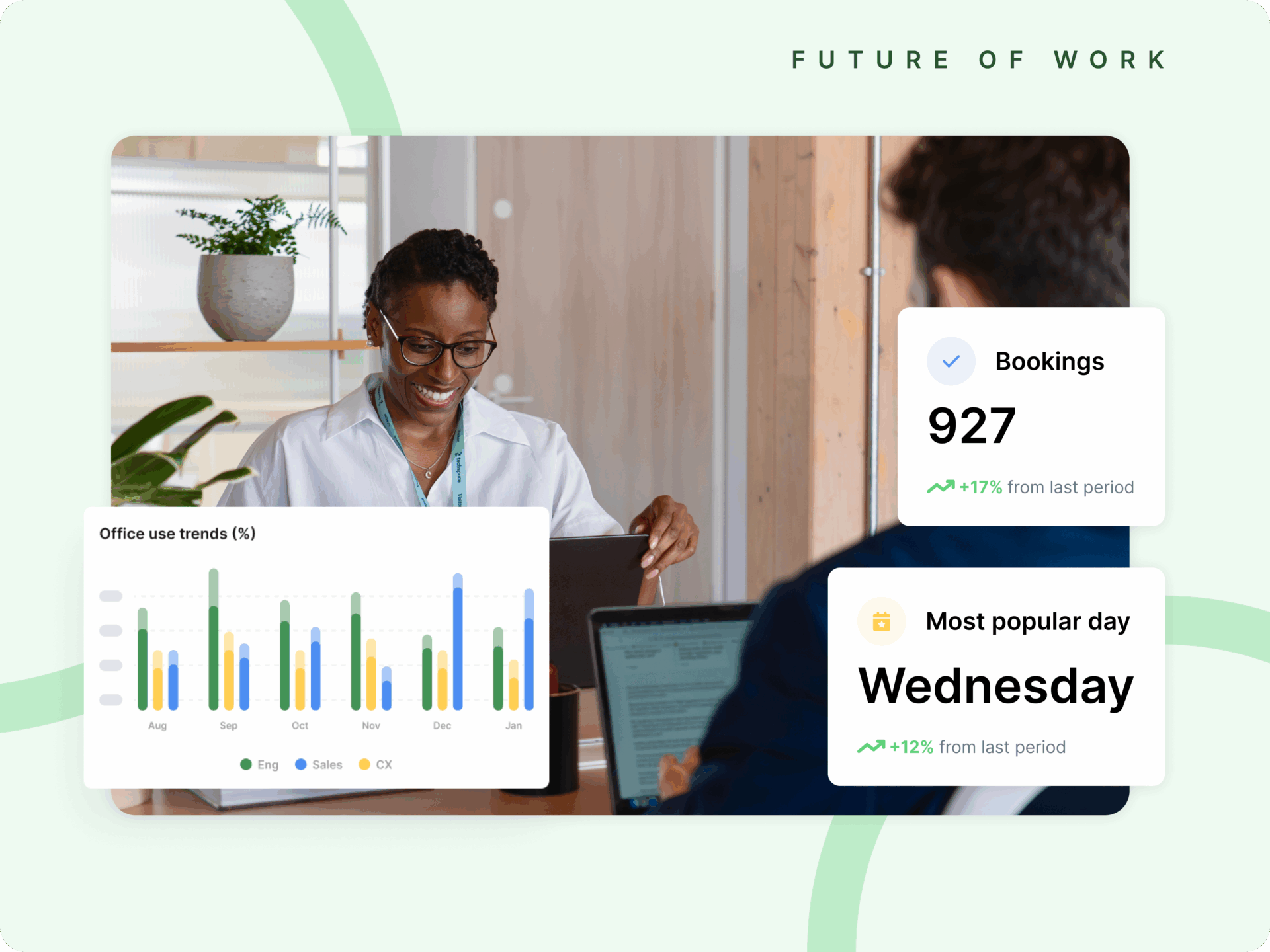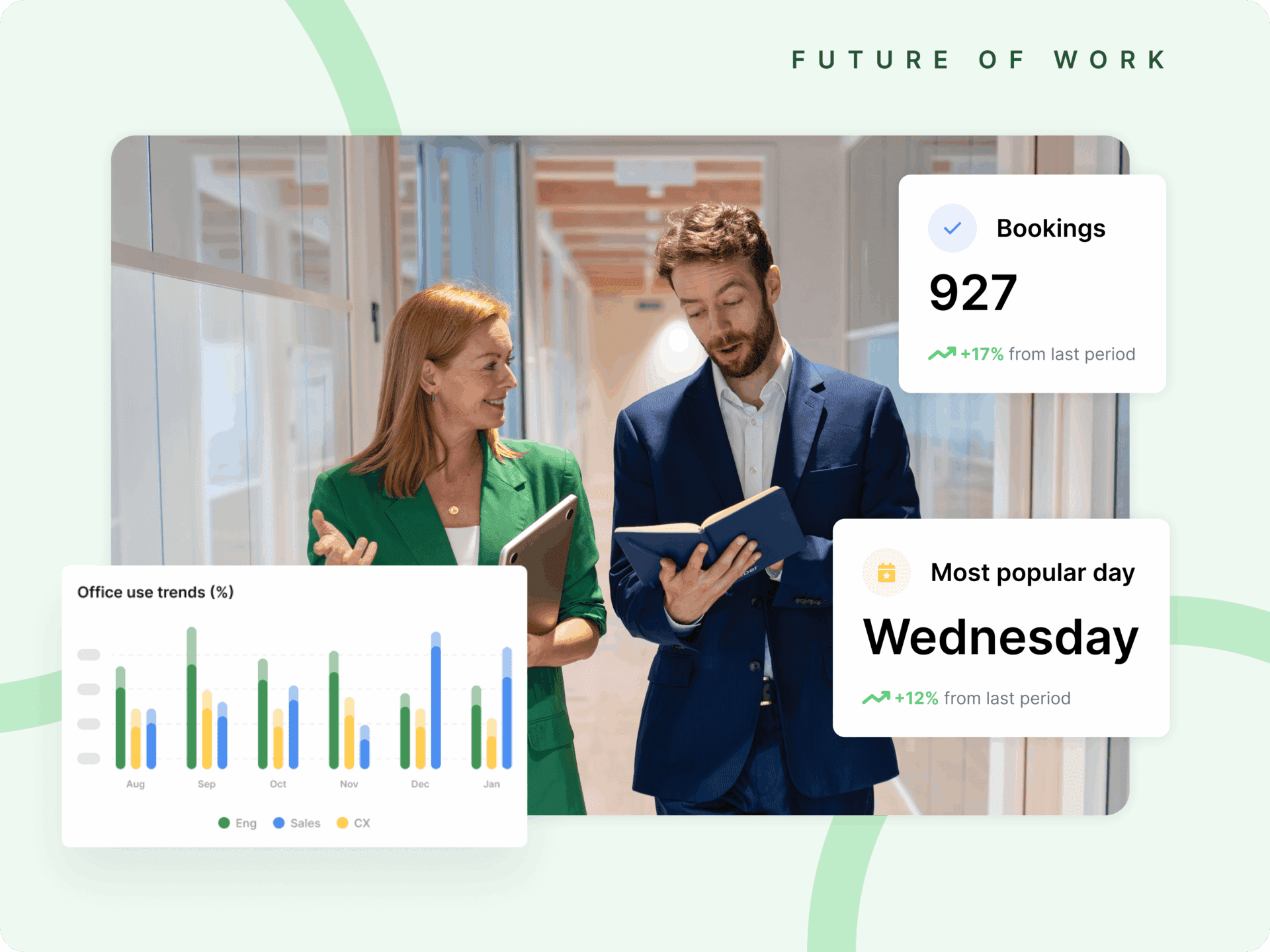The smartest companies I speak to aren’t asking whether to bring people back to the office. They’re asking: Which offices do we need at all? Where does the office deliver value? And how do we design for that—on purpose?
The smartest office isn’t a space. It’s a strategy. And increasingly, that strategy looks a lot more like a portfolio than a floor plan.
Because in a hybrid world, the office is no longer one place where everything happens. It’s a distributed system—a network of moments, locations, and intentions. And if we keep treating it like static infrastructure, we’ll miss its most powerful potential.
The office isn’t dead. But the old logic of the office is.
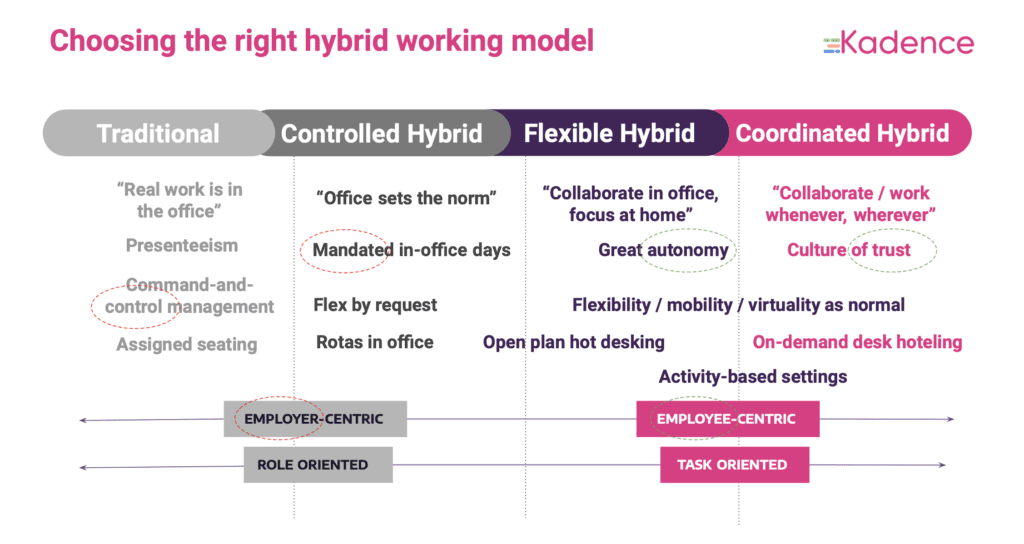
From Central HQ to Distributed Experience
Pre-pandemic, office planning was a real estate exercise: lease terms, square footage, desks per head. Presence was assumed. Coordination was invisible.
That’s no longer the case. Hybrid has decoupled attendance from expectation. Presence is now intentional. And with that shift, space becomes a decision—not a default.
According to CBRE, 87% of large companies are now implementing hybrid work models. But only 15% have updated their portfolio strategy to match. This is the blind spot: when work changes but the workplace doesn’t.
Modern teams aren’t asking for more space—they’re asking for better reasons to come together. And workplace leaders need the tools and insights to respond to that with speed.
Coordination Is the New Core Metric
Here’s the real challenge: most smart office tech was designed to monitor, not motivate. It tells you how many people used the space—but not why they came in, who they came in to meet, or what they needed to get done.
But those are the questions that matter now.
A workspace that’s 40% occupied but 90% effective—because the right teams are colliding on the right days—is infinitely more valuable than a full office of disengaged employees.
Recent research highlights this tension clearly: when employees understand the why behind in-office time, productivity and engagement rise dramatically. McKinsey & Company, in their work on rebuilding social capital, emphasizes that purposeful in-person interaction—grounded in trust and connection—has a measurable impact on performance and retention. But most companies still treat the office like a utility—when it should function more like a network.
Square Footage Without Strategy Is Dead Weight
You can have all the sensors and analytics in the world, but if they’re not tied to a strategic question—what kind of work are we trying to enable?—they’re just noise.
New data from the Flex Index shows that 43% of U.S. companies now operate under a structured hybrid model, while only 33% require full-time office attendance.
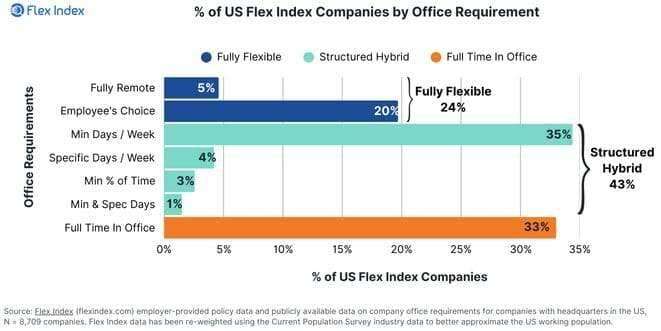
These numbers highlight a persistent shift: while office attendance continues to evolve, it’s no longer the primary measure of success. The aim isn’t to replicate pre-pandemic occupancy—it’s to reimagine how space supports intentional, high-impact presence.
Without intentional strategies to align workspace availability with employee needs and behaviors, even structured policies risk missing the mark. Offices become underutilized not because they’re empty, but because they’re out of sync with how teams actually work.
A smart office portfolio doesn’t just measure use. It surfaces value. It tells you which spaces fuel momentum, which locations foster culture, and where you’re over-invested without return.
This isn’t about reducing real estate for the sake of savings. It’s about designing the right spaces in the right places—for the right people, at the right times.

Culture Lives in the Portfolio
Here’s the deeper truth: hybrid has fragmented presence. And when presence is fragmented, culture is too.
That makes your workplace portfolio one of the last remaining levers for building shared experience. It’s the physical infrastructure for a coordinated culture. The environment where teams reset rhythm, spark creativity, and deepen connection.
And that means every space in your portfolio should have a clear answer to the question: What is this office for?
Is it a focus haven? A collaboration hub? A culture anchor?
We’ve spent too long asking whether people want to come in. The better question is: What would make it worth their while?
The Smart Office Portfolio Is Where Presence Meets Purpose
The opportunity in front of us isn’t just to make smarter offices. It’s to build smarter strategies—for how we design work, gather teams, and connect space to outcomes.
Hybrid isn’t a temporary phase. It’s a structural shift. And if we want to keep up, we need to think in systems, not buildings.
In this new world, the real value of the smart office isn’t in how it’s wired. It’s in how well it’s orchestrated.
Because a smart office isn’t a place where people happen to be. It’s a place where they’re meant to be.
Want to rethink your smart office strategy from the portfolio up? Book a demo with our hybrid experts.


